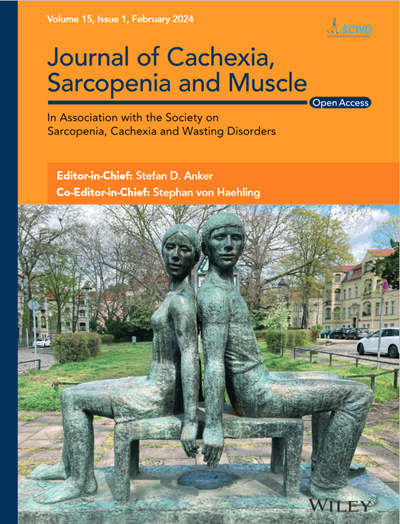Ten-year longitudinal changes in muscle power, force, and velocity in young, middle-aged, and older adults
Abstract
Background
Maximum muscle power (Pmax) is a biomarker of physical performance in all ages. No longitudinal studies have assessed the effects of aging on Pmax obtained from the torque-velocity (T-V) relationship, which should be considered the ‘gold standard’. This study evaluated the longitudinal changes in the T-V relationship and Pmax of the knee-extensor muscles in young, middle-aged, and older adults after 10 years of follow-up.
Methods
Four hundred eighty-nine subjects (311 men and 178 women; aged 19–68 years) were tested at baseline and after a 10-year follow-up. Anthropometric data, daily protein intake, physical activity level (PAL), and knee-extension muscle function (isometric, isokinetic, and isotonic) were evaluated. A novel hybrid equation combining a linear and a hyperbolic (Hill-type) region was used to obtain the T-V relationship and Pmax of the participants, who were grouped by sex and age (young: 20–40 years; middle-aged: 40–60 years; and old: ≥60 years). Linear mixed-effect models were used to assess effects of time, sex, and age on T-V parameters, Pmax, and body mass index (BMI). Additional analyses were performed to adjust for changes in daily protein intake and PAL.
Results
Pmax decreased in young men (−0.6% per year; P < 0.001), middle-aged men and women (−1.1% to −1.4% per year; P < 0.001), and older men and women (−2.2% to −2.4% per year; P ≤ 0.053). These changes were mainly related to decrements in torque at Pmax at early age and to decrements in both torque and velocity at Pmax at older age. BMI increased among young and middle-aged adults (0.2% to 0.5% per year; P < 0.001), which led to greater declines in relative Pmax in those groups. S/T0, that is, the linear slope of the T-V relationship relative to maximal torque, exhibited a significant decline over time (−0.10%T0·rad·s−1 per year; P < 0.001), which was significant among middle-aged men and old men and women (all P < 0.05). Annual changes in PAL index were significantly associated to annual changes in Pmax (P = 0.017), so the overall decline in Pmax was slightly attenuated in the adjusted model (−5.26 vs. −5.05 W per year; both P < 0.001).
Conclusions
Pmax decreased in young, middle-aged, and older adults after a 10-year follow-up. The early declines in Pmax seemed to coincide with declines in force, whereas the progressive decline at later age was associated with declines in both force and velocity. A progressively blunted ability to produce force, especially at moderate to high movement velocities, should be considered a specific hallmark of aging.

 求助内容:
求助内容: 应助结果提醒方式:
应助结果提醒方式:


